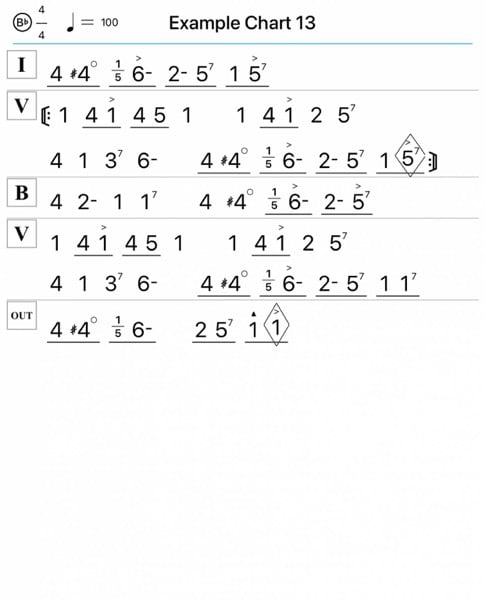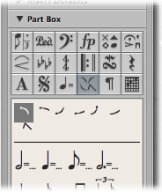Copy Section Between Locators (Global)
Copy everything between the locators. You can insert the copy at another location in the arrangement.
Add or remove gaps in a Logic Pro arrangement — Apple Support
Choose Edit > Cut/Insert Time > Copy Section Between Locators (or use the Copy Section Between Locators (Global) key command).
Add or remove gaps in a Logic Pro arrangement — Apple Support
You can limit changes to only selected regions. If you do this, rather than moving all regions within a project section, you are asked if you want to move global events such as bar changes, tempo changes, and score symbols. This global edit is performed on all regions, when used.

